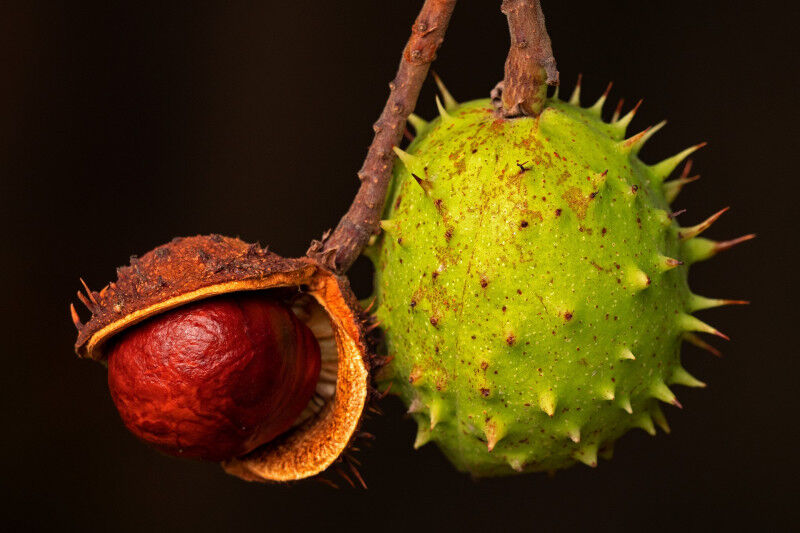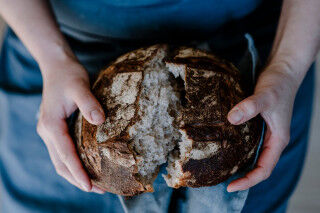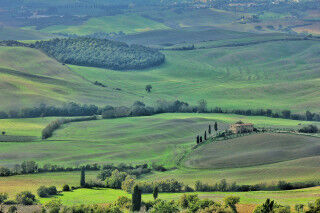The chestnut tree has a long and storied history in Italian lore, dating all the way back to ancient times. Indeed, it is mentioned in the Bible and in Homer's poems, while the Greeks called its fruits "Jupiter's acorns."
Happily, in Italy, the tree has been widespread throughout the country since ancient times, particularly prolific in the Apennines region between 300 and 1000 meters of elevation. The chestnut tree has provided people with nourishment throughout history, gaining particular appreciation from the Middle Ages until now. Current legislative acts dealing with regional chestnut woods demonstrates the fundamental role these trees play in society. The Gavinana Statutes in 1540, for example, allowed landowners to pick their chestnuts within the month of November. After the more elite realms of society had their pick of the crop, indigent people were allowed access without restriction and pick the fruits that had been left. Thanks to this declaration, popular rural folklore states that the husk holds three chestnuts within: one for the landowner, one for the peasant, and one for the poor.
So that chestnuts could be consumed, they first required milling. The first step to milling is drying the chestnuts. Each region created their own methods, so in Tuscany the drying took place in the "metato," a rural building set up in the harvest area. In some locations, the metato was erected just for the purpose of each harvest, whereas other areas featured permanent structures. In the Apennines north of Pistoia and in the Garfagnana area for instance, the metato was traditionally an integral part of the family home: it substituted the kitchen and was a meeting place where people stayed up late to work on preparing chestnuts and other foods consumed by the families.
To properly dry their harvested chestnuts, reed beds were constructed. Built just over the flames in the main hearth, the reed beds were constructed with close boards and/or reeds and were placed strategically so that chestnuts dried evenly over the fire. Giovanni Pascoli, the noted poet, recollects it in one of his works: "lonely metato in which the sweet wooden bread dried up on a sweet fire: over the reed-bed the chestnuts crack, and the red fire burns in the darkness." (The Log, from the Castelvecchio Poems).
Once dried, chestnuts then husked by a strong beating. This separated the fruit from their shells, and the ground results were stored in strong sacks or containers called vats. This entire production process has since been modernized and husking machines aren't used today. Sadly, most metati rooms have disappeared and no longer are part of farm homes - these have been typically incorporated into the homes to create more living space or have been relegated to tool storerooms in more rural areas.









